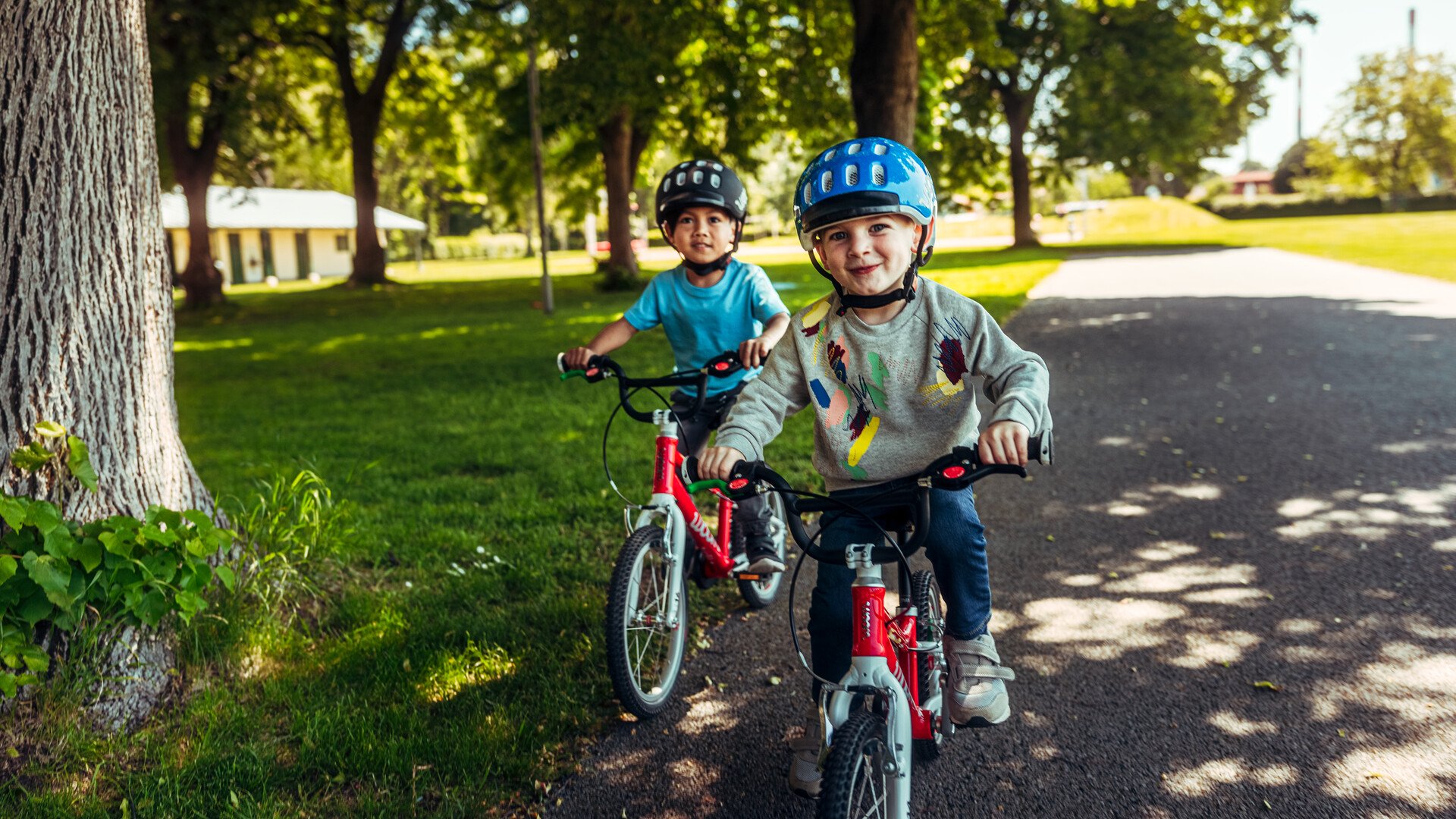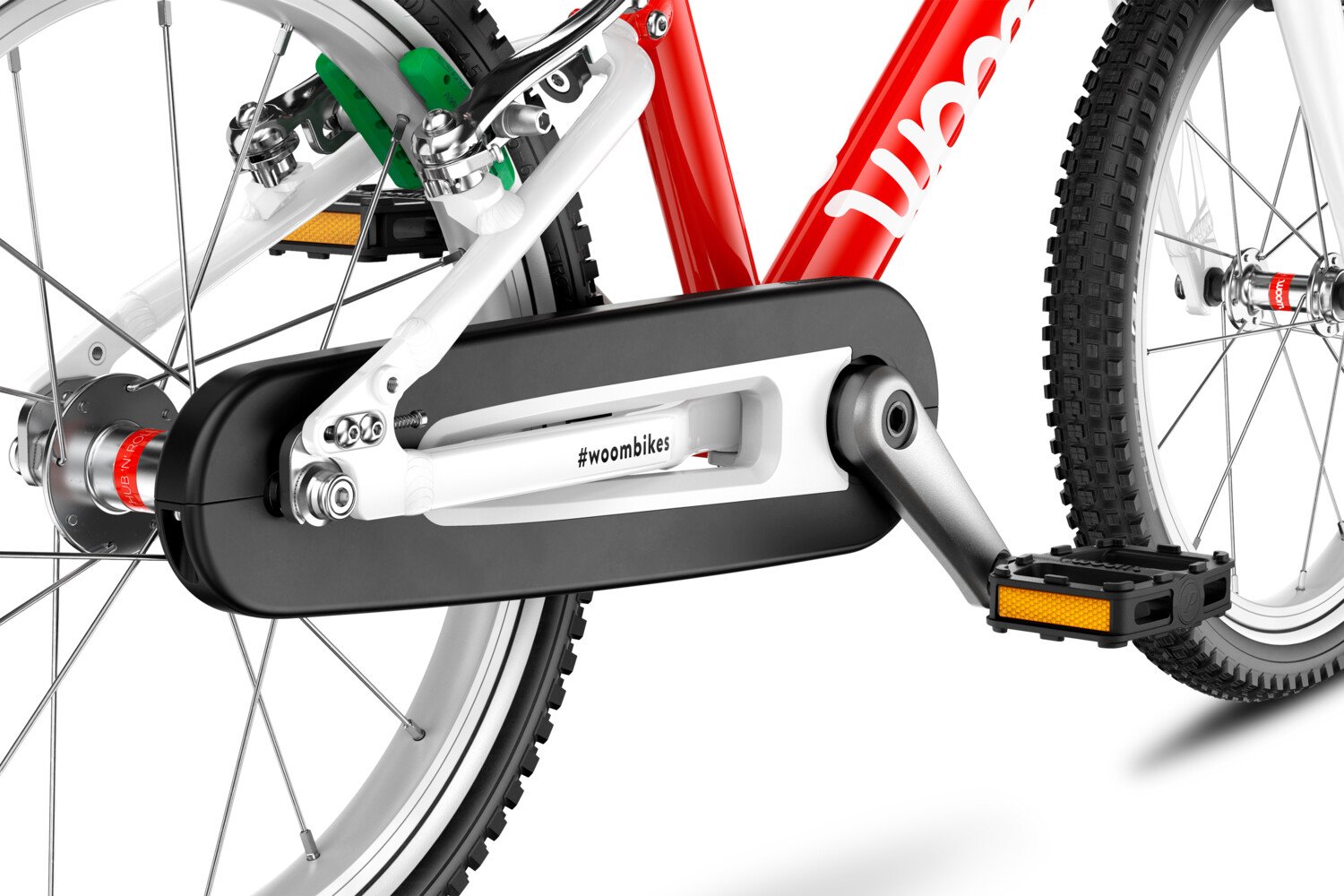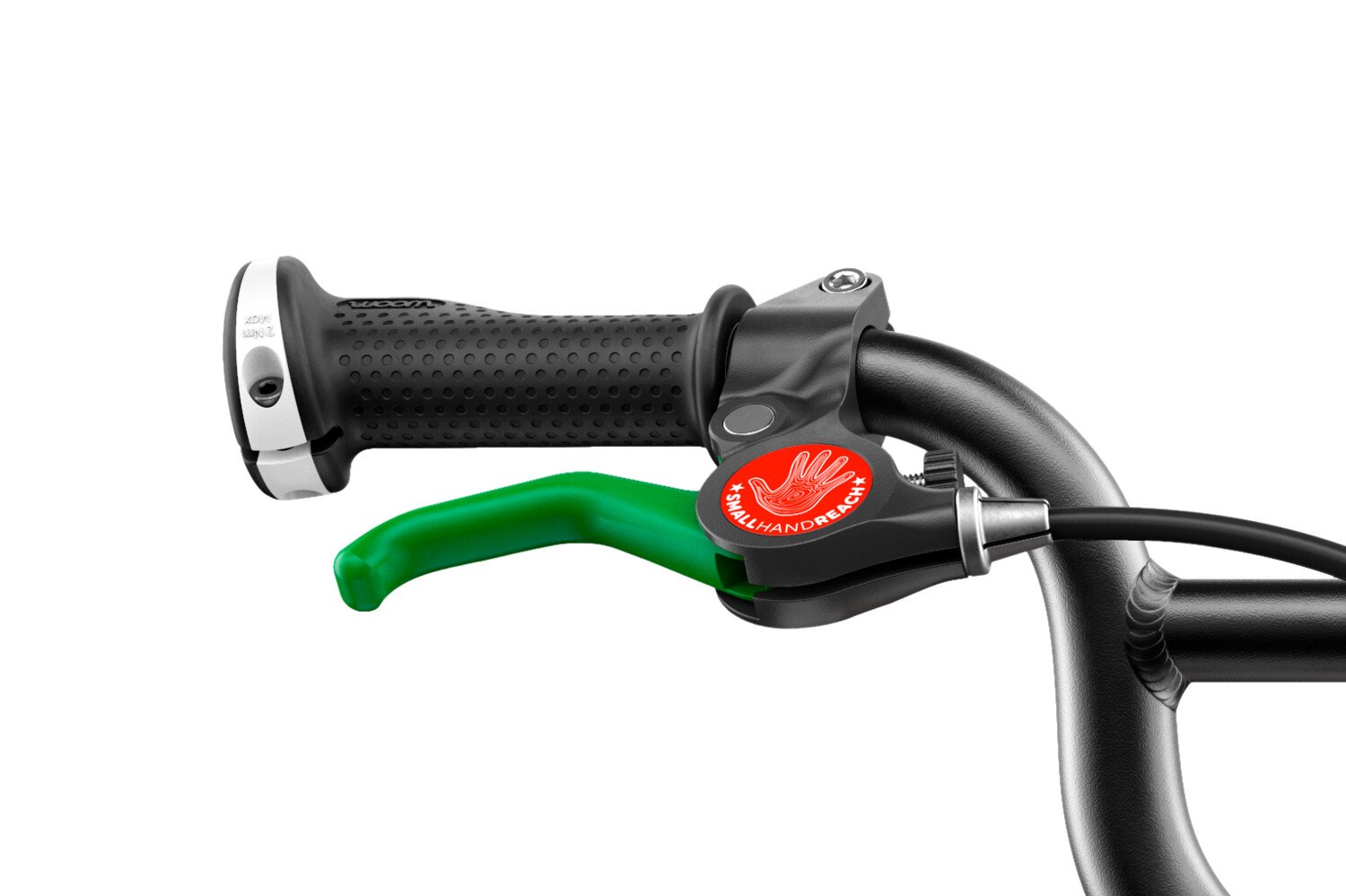Coaster and Freewheel Hubs: Explained

Remember pedaling backward on your childhood bike to brake?
If so, then chances are you learned how to ride using a coaster hub. Although they are rare on adult bikes (at least here in the US), coaster hubs are widely used in kid’s bikes across our country due to federal regulations - more on that later. A coaster hub’s main feature is its internal braking mechanism. To use a coaster hub brake, no hands are involved - simply reversing the pedal direction causes the bike to slow down. This is in contrast to a freewheel hub, which allows backpedaling without any braking effect. To provide woomsters and their parents with insights into both hubs, it’s worth digging deeper into the pros and cons – and letting you know which we recommend.
First of all, why is it called a “coaster” hub?
Quick bike history lesson: So, coaster hubs have been in existence for over 100 years, and their enduring usage is a testament to their simplicity. Before coaster hubs became widely available, single-speed fixed-gear bikes were the predominant bike model - which required the rider’s legs (or at least the pedals) to stay moving at all times if the bike was in motion – “coasting” as we know it was not an option! With the invention of coaster hubs, riders were suddenly able to stop pedaling forward and simply “coast” – or, pedal backward to engage the coaster brake if needed.
Are there any benefits to coaster brakes?
While they are seen as outdated by many children’s bike experts, coaster brakes do have some positive features. Because the coaster brake is housed inside the rear hub, it’s unlikely to squeak or require cleaning and works just as effectively in rainy conditions. While they definitely provide less stopping power than hand lever brakes, you could argue that a “benefit” of the coaster brake is its ability to bring the bike to a stop slowly, without unwanted whiplash.
For adults who are well accustomed to safe coaster braking, they can be effectively used when traveling at low speeds and in very flat areas. We’re going to be honest – coaster brakes have their time and place (we see you Amersterdam!) – but the team here at woom firmly believes it isn’t on kids’ bikes.
What are the drawbacks of coaster brakes?
There are quite a few, actually. In fact, we’ve written a whole blog about it! To summarize, learning to use coaster brakes teaches children the wrong skills and requires “unlearning” further down the road. A few other distinct drawbacks:
- Accidental braking is definitely possible with coaster brakes. No one wants that.
- Coaster brakes offer much less stopping power than hand brakes (whether rim or disc brakes).
- Coaster brakes take longer to engage than hand brakes, since they require the rider to get into the correct pedal position first.
Why are coaster brakes mandated in the US?
Historically, conventional wisdom in the US has been that hand lever brakes are too tricky for young kids - and could result in crashes due to accidental over-braking. (We should note this thought process is decades old and doesn’t factor into account child-specific hand brakes). The accompanying logic is that coaster brakes are more straightforward for kids to grasp initially.
This line of reasoning has been so prevalent that the US Consumer Product Safety Commission legally requires all US bike companies to manufacture new “sidewalk” bikes with a coaster brake. A "sidewalk" bike is deemed as a bicycle with a maximum seat height of 25" or less. Since our woom 1 has no pedals, and the woom 3 is big enough to be excluded from this legal provision, the woom 2 (with a 19.1" max seat height) is the only bike in our line-up affected by this law.
The case for freewheels
While coaster hubs are legally required on our woom 2 (14” wheel size), the most popular hub found in larger kids’ bikes is the freewheel hub. Since freewheel hubs don’t have an internal brake, any bicycle with a freewheel will instead necessarily come with hand lever brakes. While many brands sell kids’ bikes with coaster hub brakes and don’t feature any other hand-operated brakes (or just one hand-lever brake), rest assured, all woom 2s also come stocked with two hand-operated lever brakes for maximum safety.
Even though coaster hubs are the standard and mandated for the smallest kids' pedal bikes, replacing the coaster hub with a freewheel hub is allowed as an aftermarket upgrade. Although it isn’t actually free (yes, we get that dad joke all the time), woom provides woom 2 Freewheel Conversion Kits for our woom 2s (which we sell at cost) to convert your purchased bike from a coaster hub to a freewheel hub.
When your child is riding with a freewheel, nearly any terrain or hill gradient could be conquered. However, being that they will be reliant upon their hand brakes when they need to stop or reduce speed, there are a few key pointers to remind your young Rider. When using hand brakes, it's important not to squeeze them too quickly, and especially important to use both brakes. Using only the front brake can result in the bike flipping in extreme cases, and using just the rear brake can sometimes not provide enough stopping power in wet conditions. In order to help educate young woomsters and empower them to use hand brakes effectively, our woom 1-3 include color-coordinated brake pads and brake levers. Now that your child has a freewheel, they are free to backpedal without obstruction!
You said backpedal… Why would anyone need to pedal backward?
Freewheels became popularized after coaster hubs and earned the name because they freely allowed internal motion in one direction (backpedaling) and prevented internal motion in the other direction (forcing the bike to move forward). Not only can you “coast” on a freewheel, but you can even pedal backward if you’re so inclined!
Speaking of inclines, backpedaling is helpful when climbing on a bike, as a certain amount of backpedaling (i.e. when standing up to pedal) can be part of the process. Freewheels can also provide a bit more control when biking off-road, compared to a coaster hub. Often, kids biking on rugged trails may need to backpedal to maneuver through tight areas or other obstacles underfoot. Another one you might not consider: backpedaling allows young kids to make turns more easily without pedal striking. Lastly, being able to backpedal without any restriction allows riders to get into the “power pedal” position, i.e. setting one pedal at the 2 o’clock position. This allows kids to get their moment and balance in place with a single push of one leg from a standstill. When using a freewheel, your kiddo will have the ability to coast and backpedal without skipping a beat.
Breaking away from coaster brakes
Coaster hubs have served their purpose and we would like to thank them for their service. We don’t expect coaster hubs and their built-in brakes to ever go extinct completely. That being said, it is time we reconsider the mandate that dictates they be included in children’s “sidewalk bikes.” Furthermore, we feel it is in the best interest of all young cyclists – considering both safety AND fun – to learn to ride with a freewheel hub and hand-operated brakes, rather than a coaster hub.

